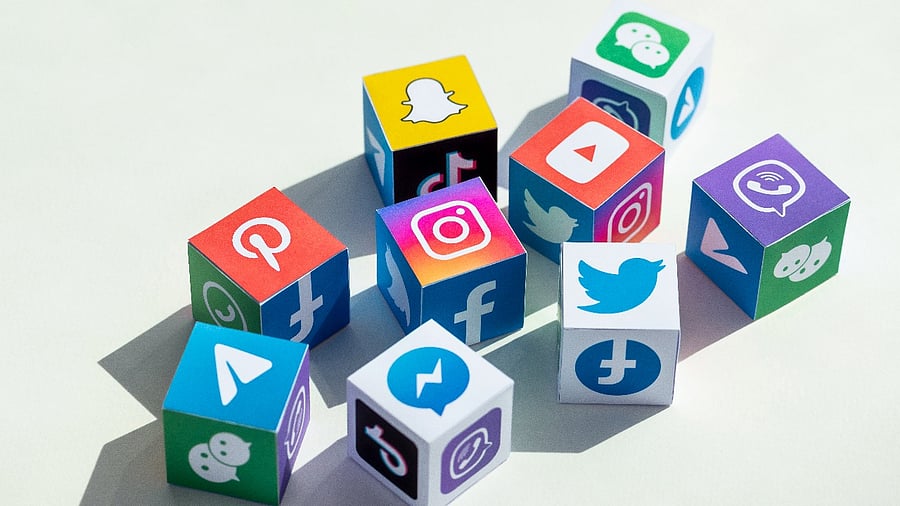
The advent of social media has allowed more people to be in touch with each other, but it has also resulted in a wider spread of misinformation, fake news and other forms of objectionable content over the years.
Oftentimes, reports emerge out that people have been arrested on the basis of spreading objectionable content on platforms on the basis of various laws under IPC and CrPC, but how do agencies deal with incidents wherein such content is shared online? Read on to find out.
Identifying
The agencies' first step is to identify the intermediary or platform on which the objectionable content was shared. Typically they rely on the first person arrested, who may disclose where they found the content they shared, The Indian Express reported.
However, if content is shared on multiple platforms, it can become complicated, and the agencies may take up the matter with all platforms concerned with the matter. This part is especially true after the introduction of the social media laws, which require platforms have a local officer to deal with complaints, comply with takedown requests and identify originators of messages, though they argue the latter would break end-to-end encryption.
Reaching out to local parties, regulatory bodies
The agencies, after identifying which platforms the messages were shared on, reach out to their local headquarters or regulatory bodies for further action. “There are two methods for communication. First is the emergency disclosure, in which the agency seeks the phone number and IP address of a device which was used to creating the content. Matters in which there is no urgency are pursued through this method.
The second is the emergency response. Matters related to national security, threat to human lives and child abuse are followed through this method. Regulating authorities of social media take prompt decisions over applications sent through the second method. It is up to the investigation agency to satisfy the social media headquarters through communication about the urgency of the request,” a senior cyber cell investigation officer told the publication.
Approaching the grievance redressal officer
According to the Information Technology (Intermediary Guidelines and Digital Media Ethics Code) Rules, 2021, any aggrieved party can directly approach the grievance redressal officer of the social media intermediaries in India to have objectionable content taken down. Usually, many platforms allow users to report such content directly, and they may be taken down after an internal review process. Under the new laws, however, the grievance officer is bound to acknowledge the receipt of a complaint with 24 hours and dispose of it within 2 weeks' time.
Misinformation over WhatsApp
However, not all platforms are equal in accessibility in terms of removing objectionable content. “Removing/deleting and identifying the culprit on WhatsApp is more complicated than Facebook or Twitter. In case of Facebook or Twitter, the investigation agency can identify the suspect through their account, be it fake or based on a fictitious identity. But in case of WhatsApp, the video, pictures or voice messages spread instantly and are forwarded to many at a time. However, once the objectionable content is removed from the original number, the content shall be removed in coming days automatically.” a cyber expert told the publication.
